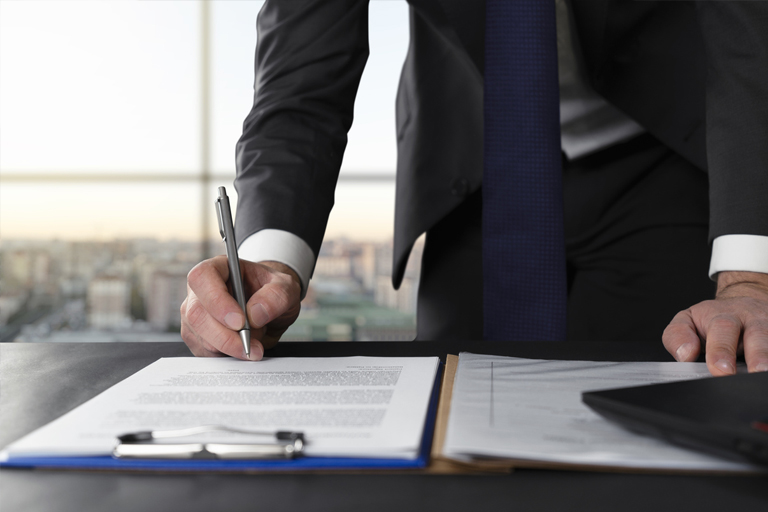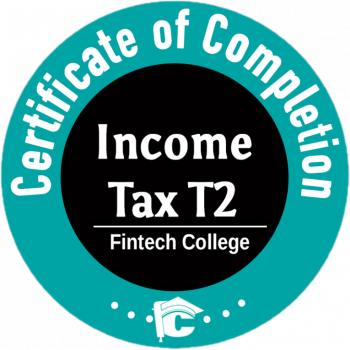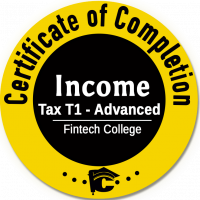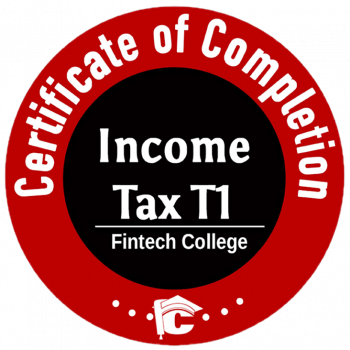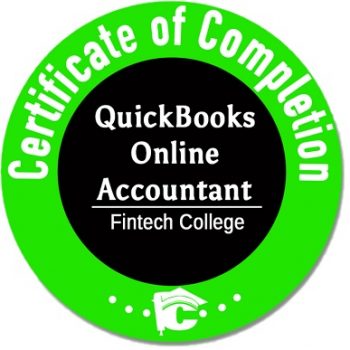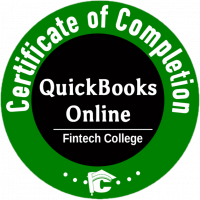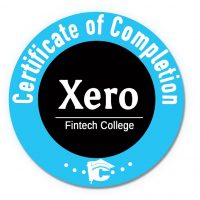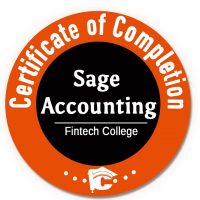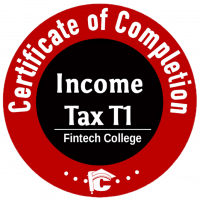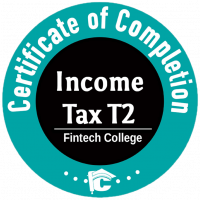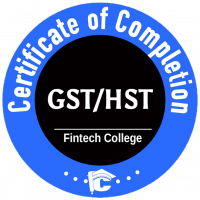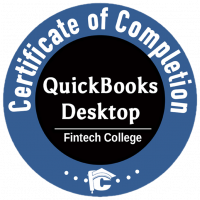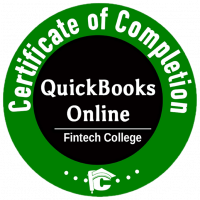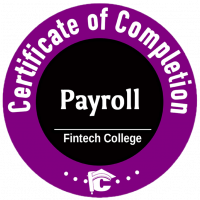What is Depreciation?
Depreciation refers to the accounting practice dealing with assets as they get older and decrease in value. The Canada Revenue Agency (CRA) lets your business claim a tax deduction based on the decreasing value of equipment over time.
Businesses may purchase a high-ticket item such as a computer or a piece of furniture and may simply show it as an expense on their profit and loss. As far as businesses are concerned, if you spend money on acquiring something you should be able to write it off against your income. This makes logical sense from a certain point of view. Unfortunately, accountants and revenue agencies do not see it this way. From their perspective, an item that is purchased for a business, whose value extends beyond one year, is actually an asset that should be depreciated over the useful life of the asset. In other words, the expense that you can claim for an asset is actually the purchase price divided over its useful life rather than the full amount all in the same year.
A fixed asset, simply speaking, is an acquisition that provides a long term economic benefit to the business. In other words, any business purchases that has a useful life that extends beyond one year, will usually qualify as a fixed asset.
What is Capital Cost Allowance?
The part of the cost you can deduct or claim is called depreciation or, for income tax purposes, capital cost allowance (CCA).
For example, if you purchase a computer you are not allowed to expense it all in one year since the computer will likely last at least 3 years or longer. Therefore, you can only technically “expense” (take depreciation) at a rate designated by CRA. The accounting term for the same concept is depreciation (or amortization). In both cases a useful life is assigned to an asset and an annual rate at which they should be expensed is applied. The difference between the two terms is that while there are many depreciation methods that can be used for accounting purposes, the calculation for CCA in Canada is generally based on the declining balance method.
How to account for Depreciation?
From an accounting perspective, fixed assets as their category implies, are reflected as assets on the Balance Sheet. This means that they when they are initially entered into your accounting system, they will have no immediate impact on your bottom line. It is only with the passage of time that a portion of these costs become an expense, which requires an assessment regarding the useful life of the asset.
What are the Different Types of Depreciation Methods?
There are numerous depreciation methods of which the 3 below are the most popular:
- Straight Line method which is perhaps the most popular for accounting purposes. This method simply requires that you estimate the useful life of an asset and the salvage value (amount the asset will be worth at the end of the depreciation period). You would then subtract the salvage value from the cost (purchase price) of the asset and depreciate the rest over the useful life.For example if you were to purchase a printer that costs $2,000. You might expect it to last for about 5 years after which you will likely need a new printer or the one you bought will deteriorate due to use. Assuming the printer can be sold after 5 years for $400, your annual depreciation would be $2,000 (original cost) -$400 (salvage value) = $1,600/5 (estimated useful life) = $320
- Unit of Production Method can be a more precise measure of use particularly for machinery assuming you have good assumptions. Under this method you would determine the number of units a specific asset can produce over its lifetime which becomes the denominator in the depreciation calculation. The number of units actually produced is the numerator. For example if you estimate that a candy wrapper machine that you just purchased has the capacity to make 100,000 wrappers. If in the first year you make 10,000 wrappers your depreciation would be 10k/100k which is 10%
- Declining Balance Method is the method used for CCA purposes for most assets (there are exceptions such as leasehold improvements which uses the straight line method). Under this method, an asset is depreciated at a specific rate every year. It is different from the straight-line method in that the rate of depreciation is applied to the ending balance of the previous period. For example, a car that costs $30k and is depreciated at 30% per year would look like the following:
- Cost of Car Year 1 = $30k
- Depreciation in Year 1 = $30kX30% = $9k
- Ending Balance at the end of Year 1 = $30k-$9k = $21k
- Depreciation in Year 2 = $21kX30% = $6.3k
- Ending Balance at the end of Year 2 = $14.7k
What is the Tax Treatment of Fixed Assets?
The Canada Revenue Agency has specific guidance as to the depreciation that is used for different types of fixed assets. This is referred to as >capital cost allowance or CCA. This is essentially the same concept as depreciation, however, instead of using the straight line method referred to above, the CRA requires the use of the declining balance method in most cases. Each category is assigned an annual rate of depreciation. The rate is applied to the net book value remaining at the end of the previous year. For example, you purchase a desk for your office for $750. This would be classified as furniture and equipment, i.e. class 8, which is a bit of a catch all category when there isn’t another specific classification that fits, and has a CCA rate of 20%.
If the business decides to use the straight-line method, there will be a difference in depreciation and CCA amounts. In this case it is important to keep track of the tax amounts as this will need to be used in tax returns.
If and when the asset is sold or disposed of, it must be reflected in your tax return. If the asset is sold at a loss or disposed of for $0, you are allowed to take the balance of the net book value and write it off as a terminal loss. If sold at a gain, the business must determine if the amount at which it is sold exceeds the depreciated value of UCC of the asset. If so, the excess of the sale price over the depreciated (UCC) value will be a “recapture” and have to be shown as business income. A capital gain would be recorded to the extent that the sale price exceeds the original purchase price.
Note that the tax treatment applicable to fixed assets and CCA is the same for both unincorporated and incorporated small businesses.
What is the Accounting Entry for Depreciation?
The method to calculate depreciation used by Revenue Canada (CRA) is the declining balance method. Each asset is assigned to a specific CCA (capital cost allowance) class which has a pre-determined rate. For example, computers and related purchases are Class 50 while furniture and photography equipment would be Class 8 with a 20% depreciation rate.
The depreciation calculation is based on the Undepreciated Capital Cost, which is the cost of the assets less any depreciation taken in prior years. In the first year, the half year rule is applied which means that only 50% of the depreciation is allowed.
To record the journal entry:
Set up an account for depreciation expense. You can either set up an account for each category of asset eg. depreciation computer equipment, depreciation furniture etc. OR you can set up one combined expense account.
You would then create accounts for accumulated depreciation for each asset. This allows you to monitor the depreciated value of each asset. The accumulated depreciation asset account is a “contra” account since it will always have a negative balance while assets are usually positive.
Assume, that a business purchases a computer equipment for $20,000
Below accounts should be created in your books
-
- Computers (Asset Account)
- Accumulated Depreciation (Asset Account)
- Depreciation (Expense Account)
- When Asset is Purchased, record the below transaction:Debit Computers:$20,000Credit Cash or Accounts Payable: $20,000
The above transaction will increase the value in Computers (Asset).
Either the liability (Accounts Payable) will go up or if money is already paid Cash will decrease.
- Depreciation Expense booked @ 30%Debit Depreciation: $ 6,000Credit Accumulated Depreciation: $6,000
The above transaction will increase the expense in Income Statement and as Accumulated Depreciation is a contra asset account it will reduce the value of Computers (Asset).
- After this transaction, below will be value of each accountComputers (Asset) $14,000 ($20,000 – $6,000)Depreciation (Expense) $6,000
Examples of Depreciable business assets into classes
The CRA organizes depreciable business assets into classes. Each class determines the portion of the expense you can write off each year. For example, buildings in class 1 have a depreciation rate of 4% per year, while computer hardware in class 10 has a depreciation rate of 30% per year. To simplify the accounting process in your business software, you may want to use the same depreciation rates as the CRA.
Depreciation of Buildings
Buildings and their major components, such as electrical wiring, HVAC systems, and elevators, fall into class one, which has a capital cost allowance rate of 4%. This means you write off 4% of the purchase price each year. It takes 25 years to claim the whole expense.
For example, if you pay $500,000 for a building for your business, you may claim $20,000 during the first year as well as during each of the following 24 years. There are some exceptions to this rule, such as corrugated steel buildings, which fall into class six with a rate of 10%.
Furniture, Appliances, and Tools
If you buy a new desk, a refrigerator for your restaurant, or a tool worth more than $500, those expenses fall into class eight. This class, which also includes displays and fixtures, machinery, and outdoor advertising signs, incurs a 20% capital cost allowance rate.
At this rate, it takes approximately five years to write off the expense. If you sell the asset before you finish writing off the expense, the CRA has special rules for reporting the disposition and claiming the remaining capital cost allowance.
CRA Vehicle Depreciation Rates
Vehicles purchased for your business fall into class 10, which has a rate of 30%. In some cases, vehicles fall into class 10.1. This subclass has the same rate, but it uses different rules for the treatment of GST. In general, if you purchase a $10,000 vehicle for your business, you may claim $3,000 as your capital cost allowance during the year of purchase, regardless of whether the vehicle falls into class 10 or 10.1.
Computer Equipment Depreciation Rates
Like vehicles, computers also fall into class 10 with a rate of 30%. System software also falls into this category. For example, if you buy a computer for your business, you can write off the cost of the hardware and any additional costs for the operating software under this category.
Uniforms, Tools, and Computer Software
Software other than operating software typically falls into class 12. This category contains a mixture of other items including dishes, cutlery, dies, and jigs. Although these items are considered capital assets, you can write off 100% of the cost in the year of purchase as long as the cost per item is less than $500.
Manufacturing Machinery
If you purchase manufacturing machinery or equipment, it falls into class 29 or 43. Class 29 applies to purchases made after March 18, 2007 and before 2016. You may write off 25% the first year, 50% the second year and 25% the third year. Manufacturing equipment purchased outside those dates falls into class 43 and receives a steady rate of 30% until you’ve written off the entire expense.
To learn more about Bookkeeping, browse our course and Download Syllabus
https://www.fintechcollege.ca/accounting-and-bookkeeping/
To learn more about Income Tax T2, browse our course and Download Syllabus
https://www.fintechcollege.ca/income-tax-t2/

